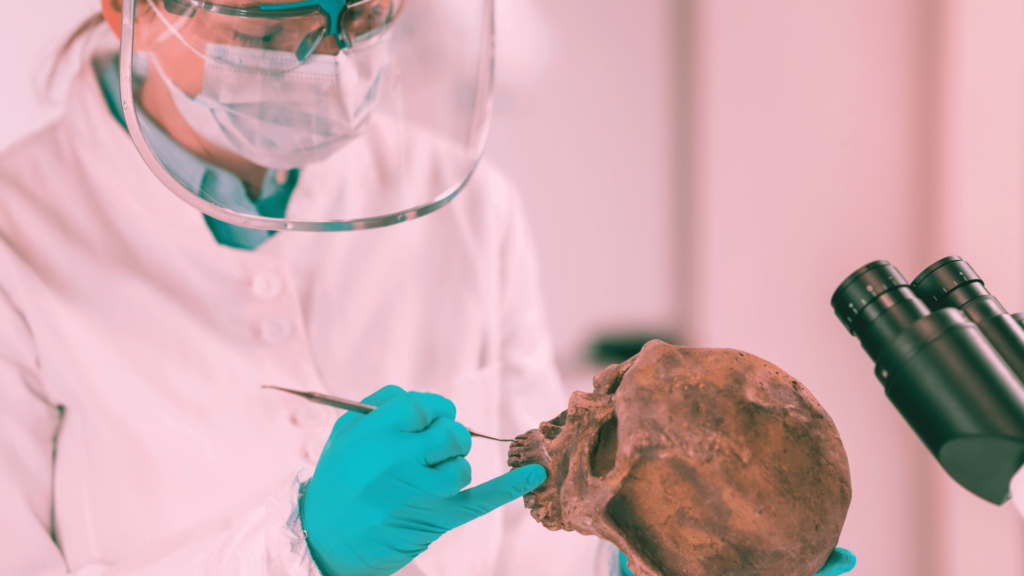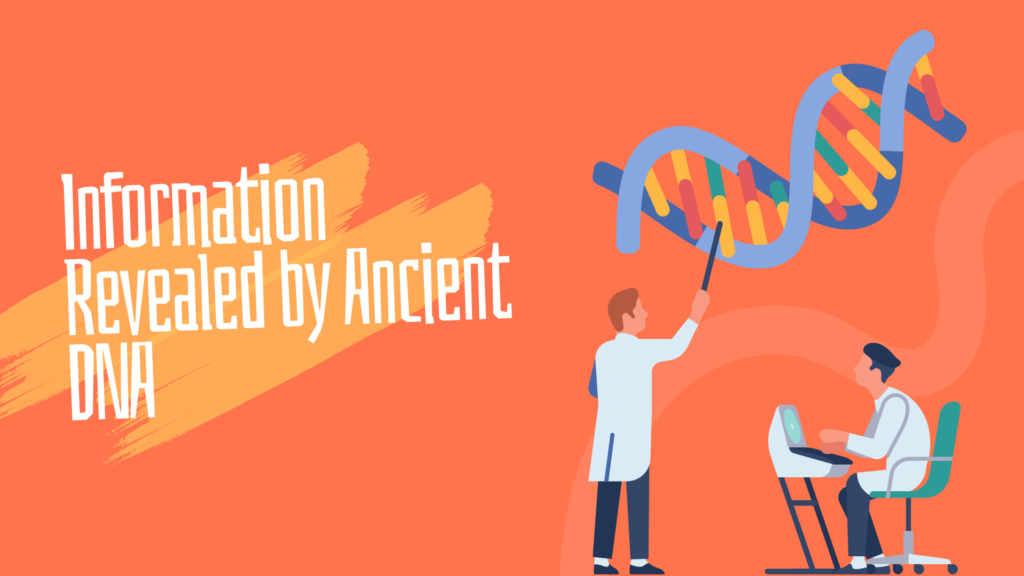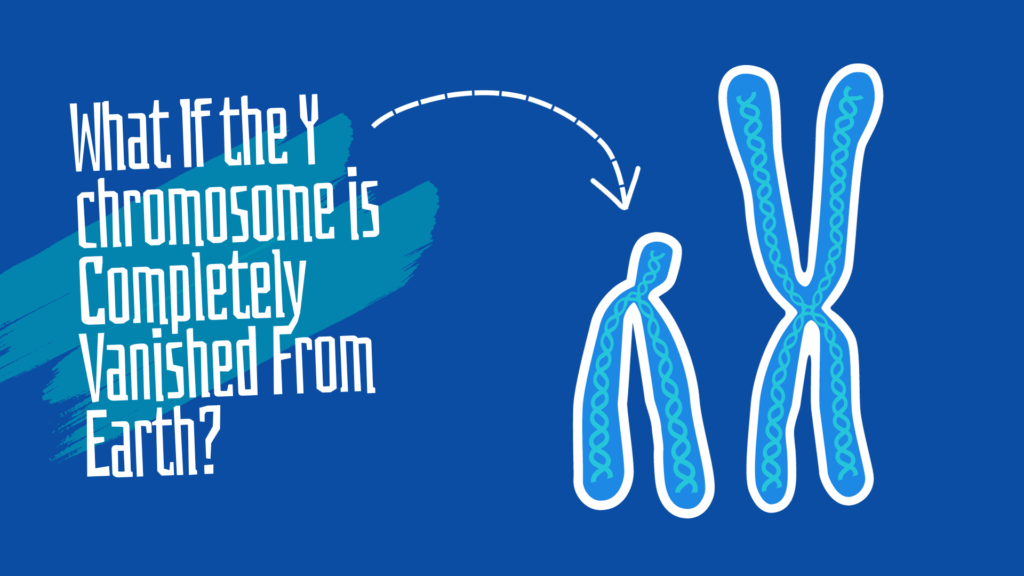“Identical by Descendants (IBD) genomic segments can be accurately studied using a computational method ancIBD to evaluate the relatedness between individuals and prehistoric populations from aDNA.”
20 Dec, 2023; Anders B, Nature: Ancient DNA analysis is a valuable tool for analyzing history by studying their genetics. It provides insights into how humans evolved, migrated, and developed traits and new habitats. It also clearly depicts how disease resistance against various infections was developed.
Related article: 10 Crucial Information Revealed by Ancient DNA.
Ancient DNA is the fragments or strings of DNA obtained from ancient remains or fossils. It’s like a time-travel capsule that helps us explore that particular time, to which the DNA belongs.
Thus, ancient DNA analysis has become a cornerstone in the field of genetics as it provides crucial and accurate information regarding past life. However, the low quality of the ancient DNA is a major limitation.
Ancient DNA is damaged and degraded due to various environmental factors for thousands to millions of years. The low-quality nature of ancient DNA, often extracted with errors and damage, poses a considerable problem in DNA analysis, typically in identifying IBD segments accurately.
IBD segments are Identical by Decedent Segments referring to long sequences of the genome shared between individuals due to recent relatedness. Such sequences are intricate indicators of genomic relatedness. These inherited IDB segments can be used to study genealogical connections and recent demography.
IBD genome segments are common among most humans indicating that these segments are inherited from our ancestors, are unique, and are common among individuals and populations. Therefore, it is used in ancient DNA studies to create phylogenetic trees and perform genetic analysis.
Poor quality IDB genome segments make it difficult to accurately study those missing links between prehistoric human species. A recent study published in Nature by Anders B (2023) used a computational method called ancIDB, originally developed by Ringbauer et al. for identifying shared ‘identical by descent’ (IBD) segments in ancient DNA data.
The IBD calling pipelines have two major components– GLIMPSE and HMM. The original method detects IBD segments in human aDNA data by starting from phased genotype likelihoods and using a hidden Markov model (HMM) to evaluate IBD blocks.
GLIMPSE is used as an input for the IBD segment detection in the present technique. While the hidden Markov model (HMM) is used to screen the genotype likelihood and IBD blocks. Using HMM, long, nearly identical and co-inherited genomic segments can be identified and studied.
The same model with improved strategies was used by Anders B (2023) in their study entitled, “Shared Chromosomal Segments Connect Ancient Human Societies.”
With data available from over 10,000 ancient humans and 1,000 individuals from various species the IBD data was more accurately evaluated by Anders B (2023). The present method was specifically designed to overcome the challenges scientists face during IBD ancient DNA analysis.
ancIBD offers a more accurate prediction of relatedness of shared genetic material compared to other tools, despite the presence of erroneous genotypes within long IBD segments that complexify the overall analysis.
As a result, the ancIBD method allows researchers to collect crucial information regarding the mobility, migration, demographics and genetic diversity of the prehistoric human populations.
In conclusion, In ancient DNA studies, the development of ancIBD-like tools is a significant milestone and game-changer strategy. Its excellent power to keenly analyze degraded and damaged ancient DNA opens up new doors for scientists in the field of aDNA studies. However, new accurate protocols and strategic implementations are required to uplift the tool for more accurate analysis.
Still, isolating a pure, complete and good quantity of aDNA in a lab is a bigger challenge for scientists.
Sources:
Bergström, A. Shared chromosomal segments connect ancient human societies. Nat Genet (2023). https://doi.org/10.1038/s41588-023-01606-5.
Ringbauer, H., Huang, Y., Akbari, A. et al. Accurate detection of identity-by-descent segments in human ancient DNA. Nat Genet (2023). https://doi.org/10.1038/s41588-023-01582-w.
Subscribe to our weekly newsletter for the latest blogs, articles and updates, and never miss the latest product or an exclusive offer.




